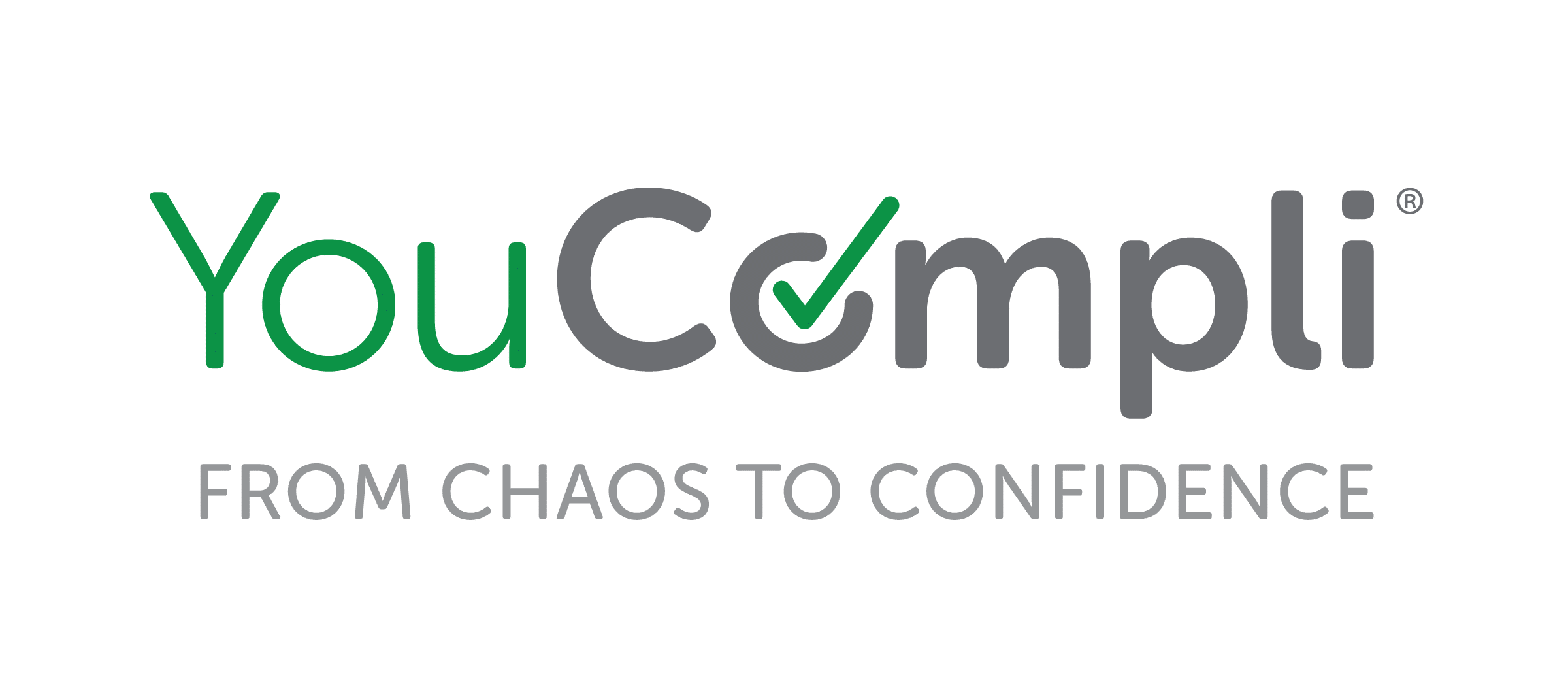Nobody chooses to pursue a career in healthcare at a teaching hospital or academic medical center (AMC) so they could process regulatory compliance paperwork. Right?! Nevertheless, health systems spend $39 billion on admin duties to comply with no fewer than 600 regulatory requirements. Most of the time they are juggling these requirements (and a whole lot more) without an effective compliance management system. It’s anybody’s guess what is truly being done to comply.
The regulatory landscape continues to change. It’s even more complex for teaching hospitals and AMCs that have specialized facilities such as children’s hospitals and cancer centers. And it’s nearly impossible to know for sure what is being done to comply with the regs when students and researchers are added to the mix. Compliance oversight is already challenging enough when it includes only clinical and hospital staff, business associates and contractors.
Ever-increasing regulation ushers in more documentation requirements. Satisfying the reporting requirements steals time away from patient care and contributes to burnout. Plus, more regs and more people equals a big compliance headache.
These healthcare systems not only have the pressure to comply with regulations, improve care and cut costs as other hospitals do, but they have the critical mandate to educate future medical professionals and dedicate resources to research.
According to the Association of American Medical Colleges, academic medical centers in the United States contribute $562 billion in annual economic impact. But, what’s even more significant is the impact these facilities have on the health of our society. Medicine moves forward in teaching hospitals and academic medical centers. When people are faced with a health crisis and grasping for innovative treatment and cures, they flock to these systems. Oftentimes this is their last shot at a healthy future. Teaching hospitals and academic medical centers are the epicenter of first breakthroughs. They are also the last resort for patients who have tried everything else. As a result, teaching hospitals have more costly cases and often bear the brunt of safety-net and charity care.
Shouldn’t there be an “easy” button for them?
Academic medical centers and teaching hospitals have a great need for an effective compliance management system. These systems save valuable time and money. But they also make it easy to see what is being done by whom to comply with regs. No more ad-hoc spreadsheets. Thoughtfully applied technology can make regulatory oversight a piece of cake.
The more effective the compliance management system, the more time is freed up for medical professionals to do what they are passionate about—provide the best patient care and focus on their mission of treatment, research and education. And who couldn’t use an “easy” button for compliance regulation?
Are you ready to explore a compliance management system that is easy to use and effective? If you’re ready to transform your regulatory compliance process, schedule a call today!

